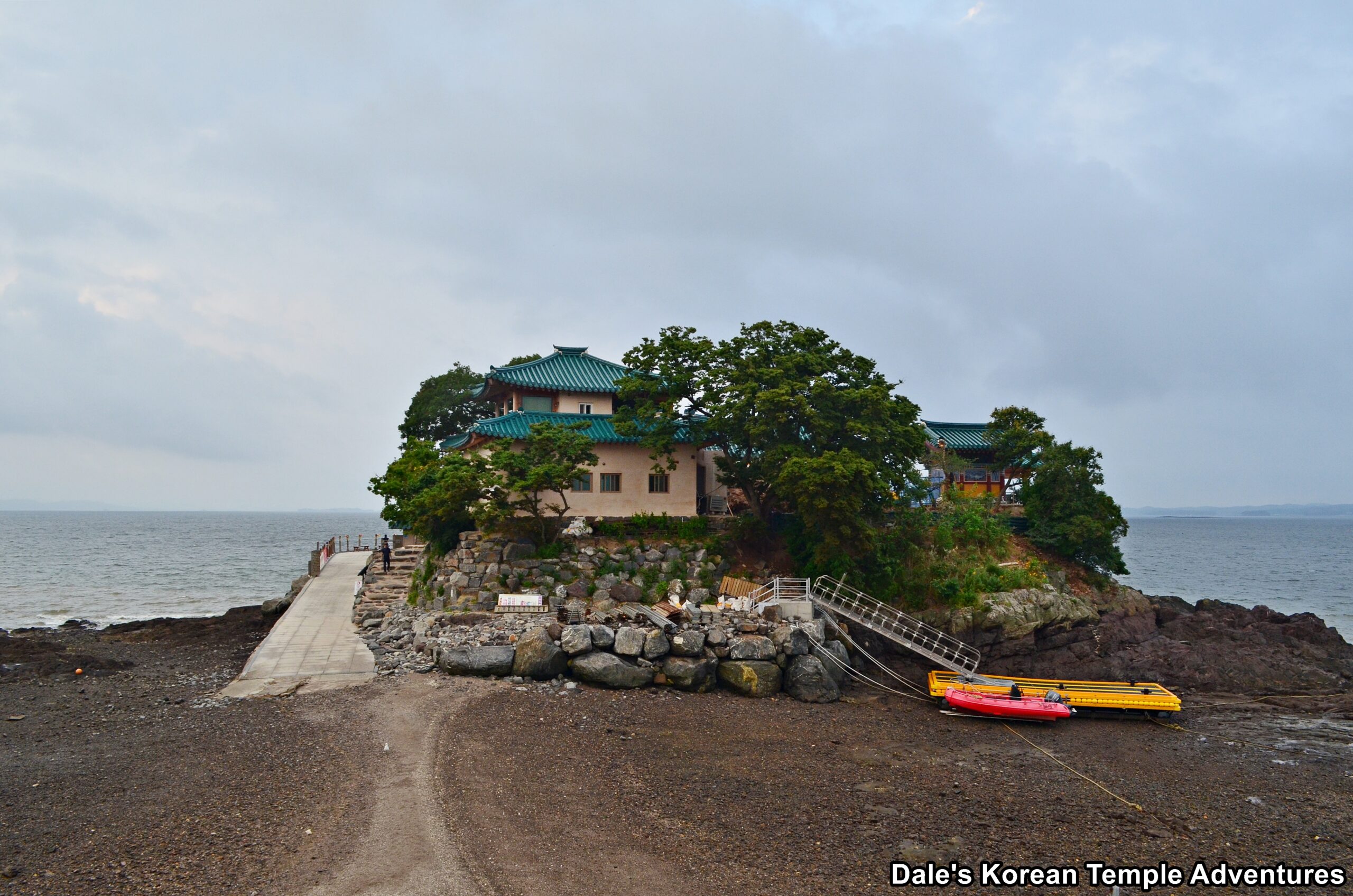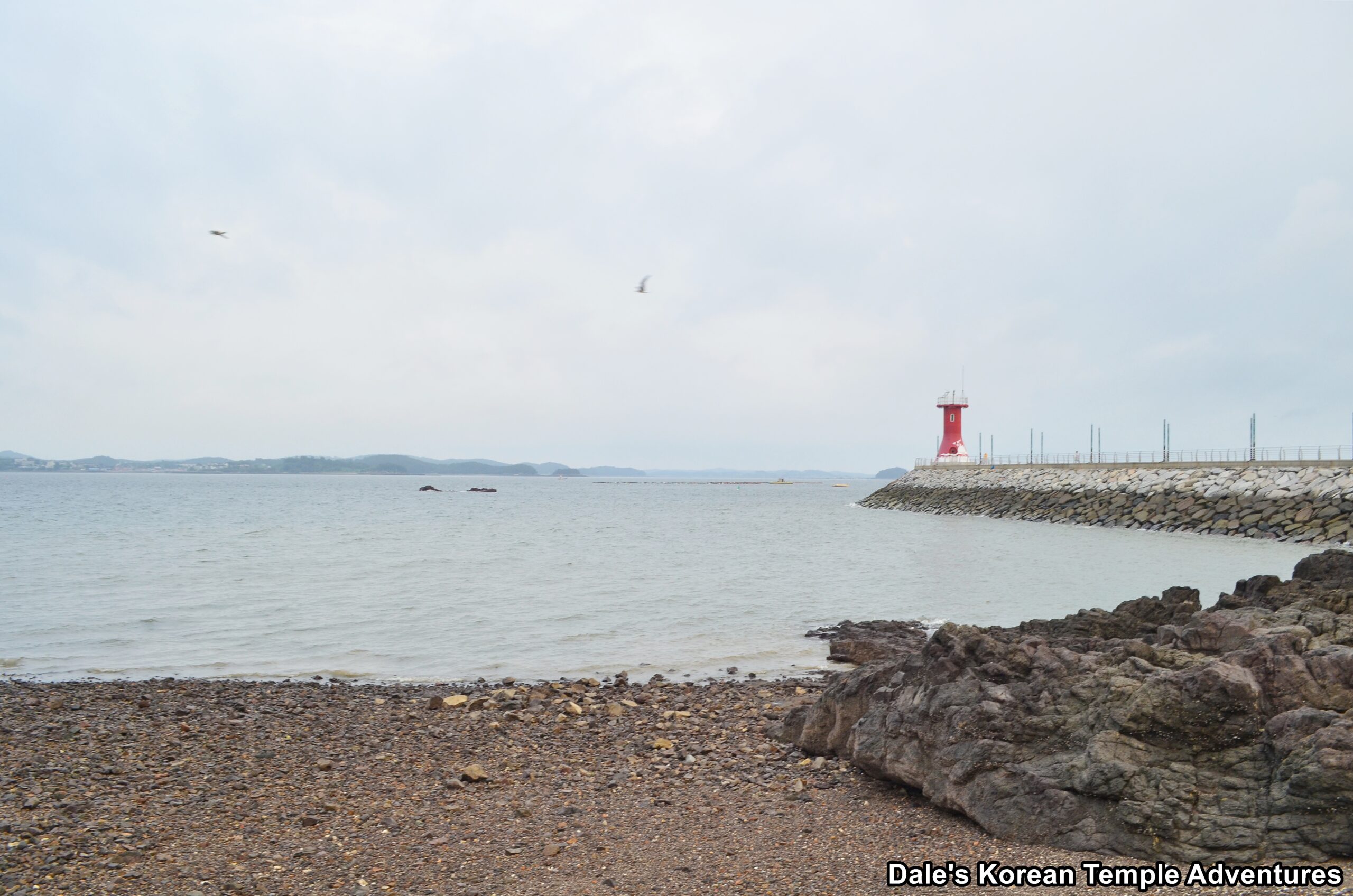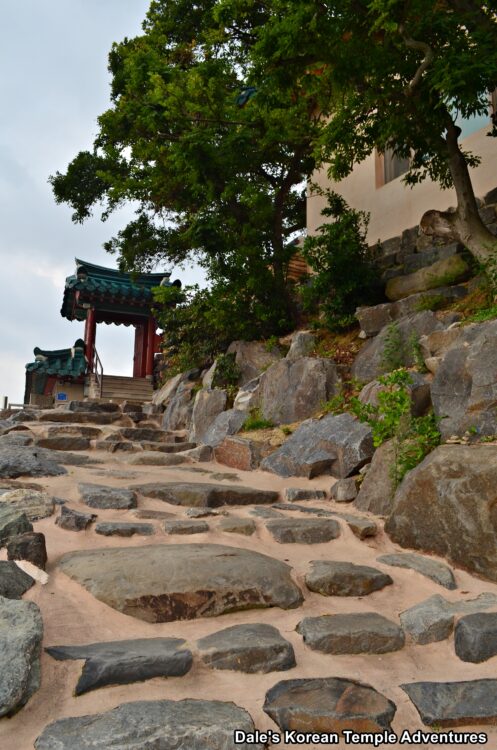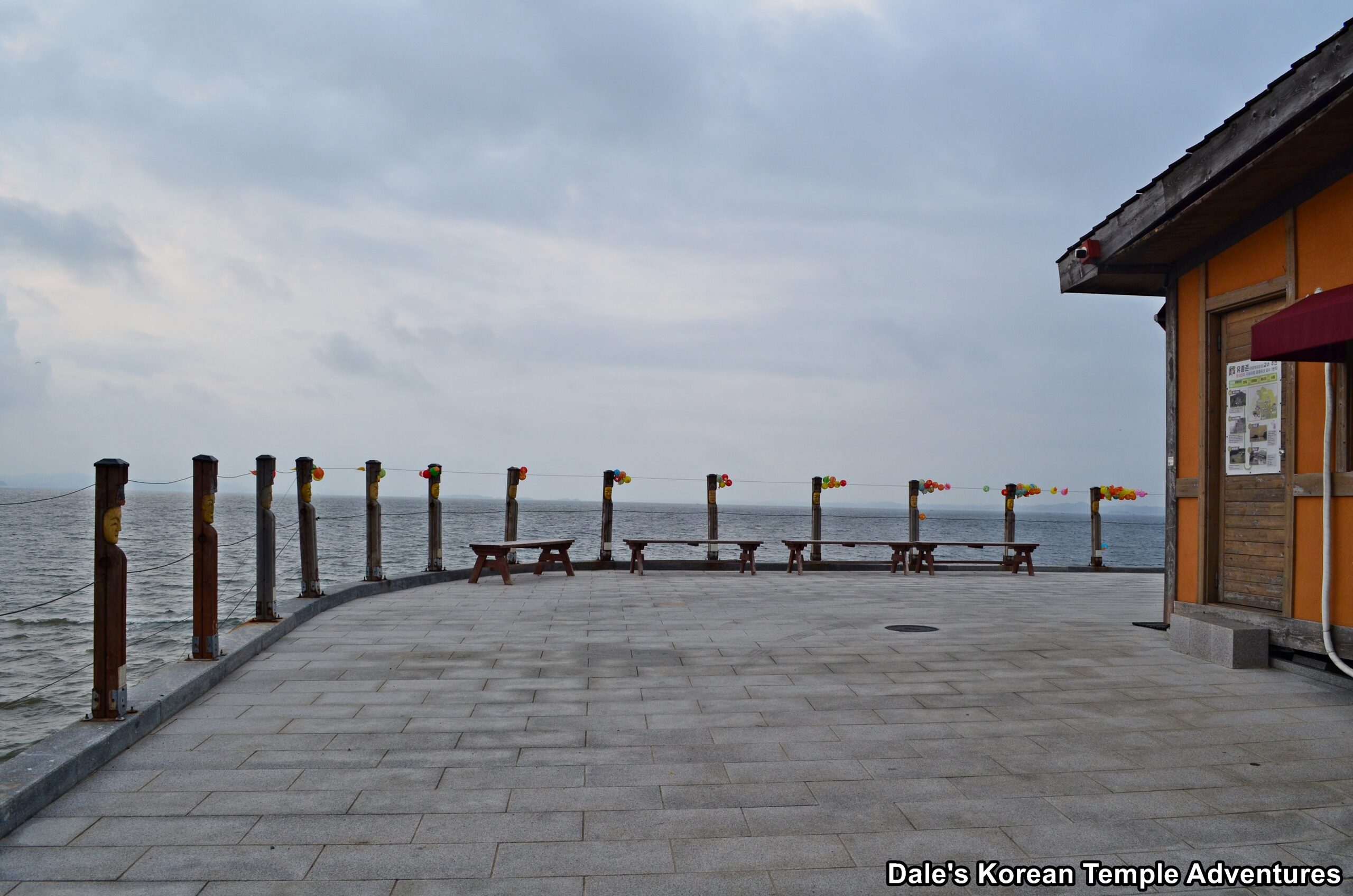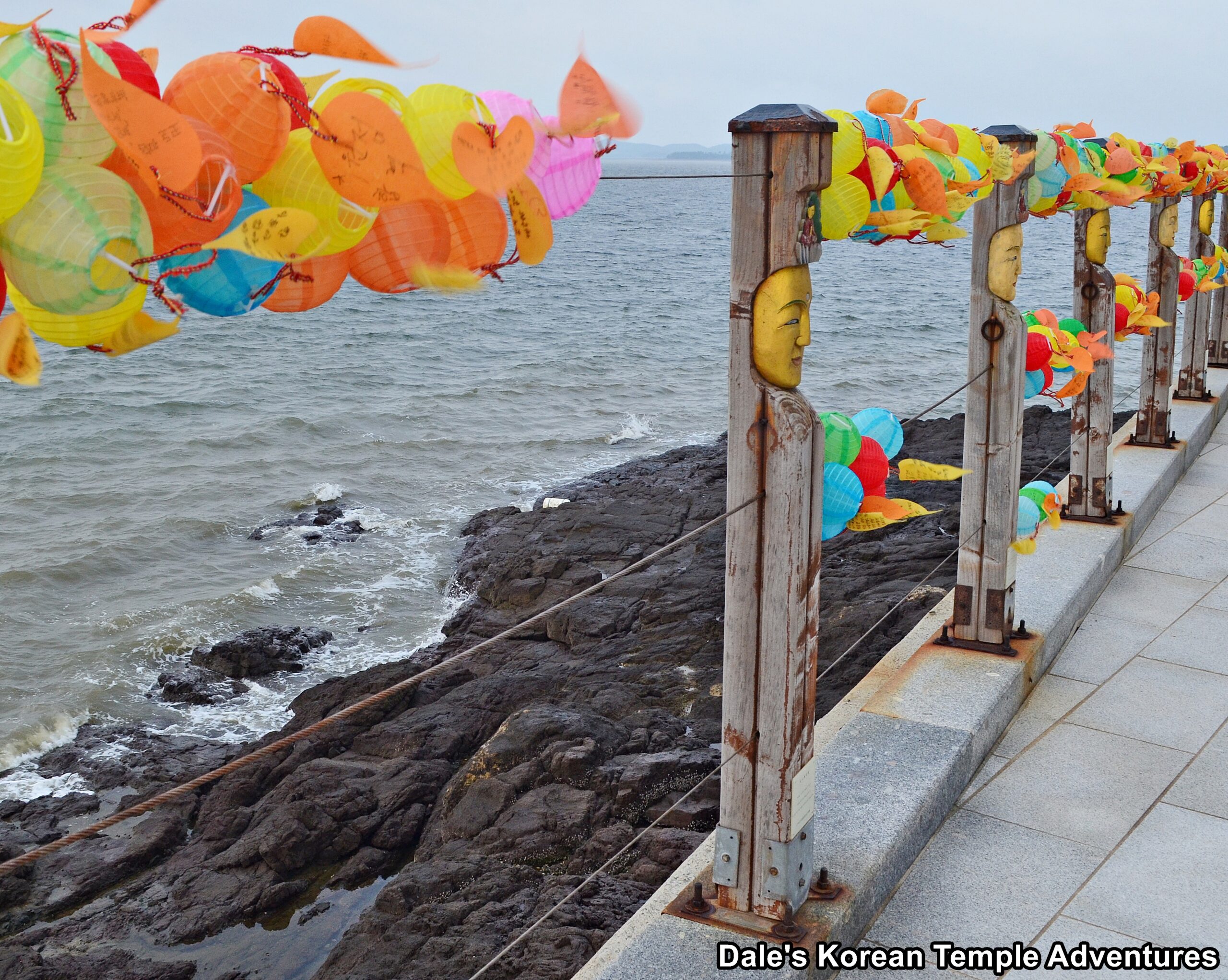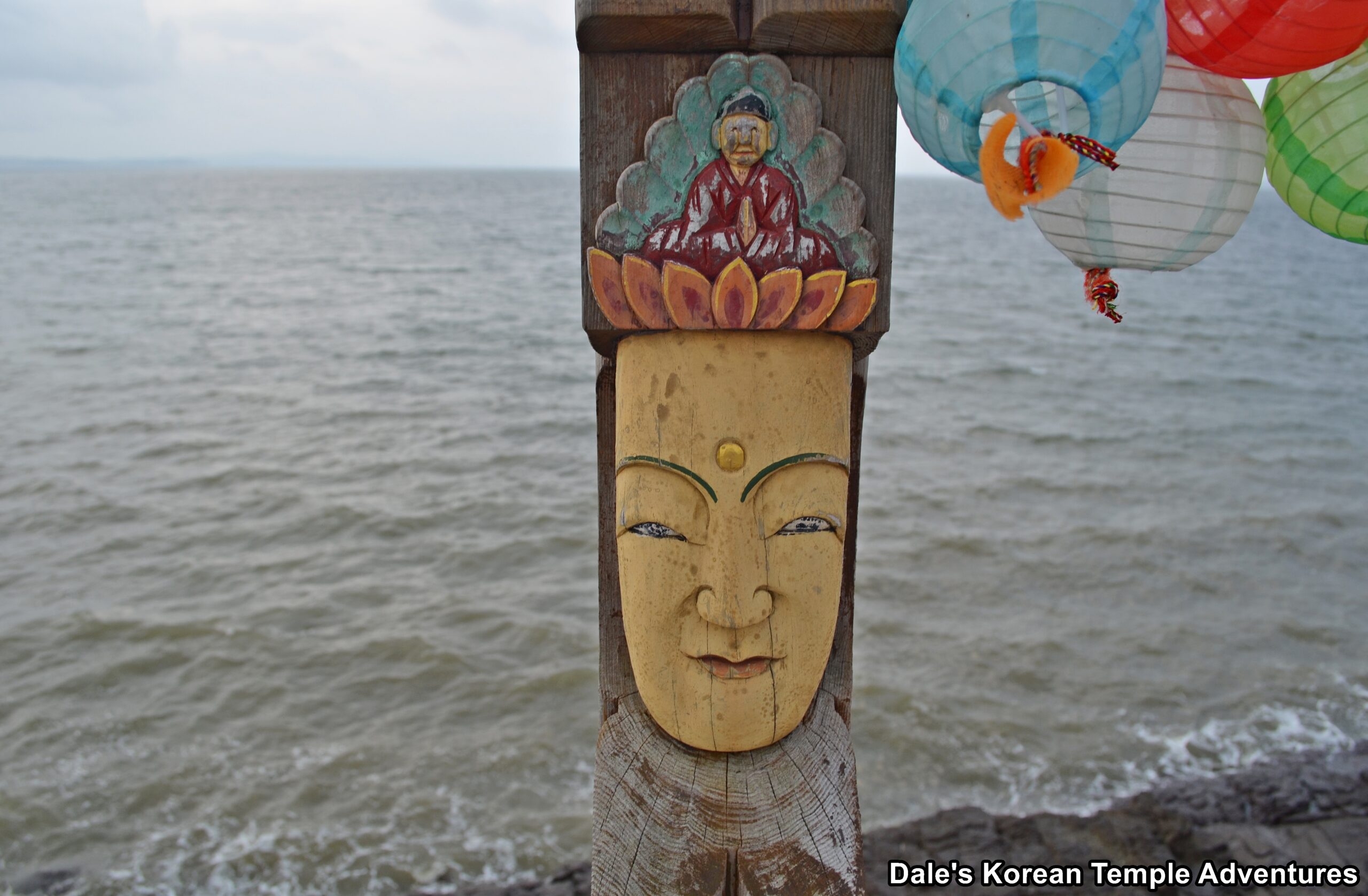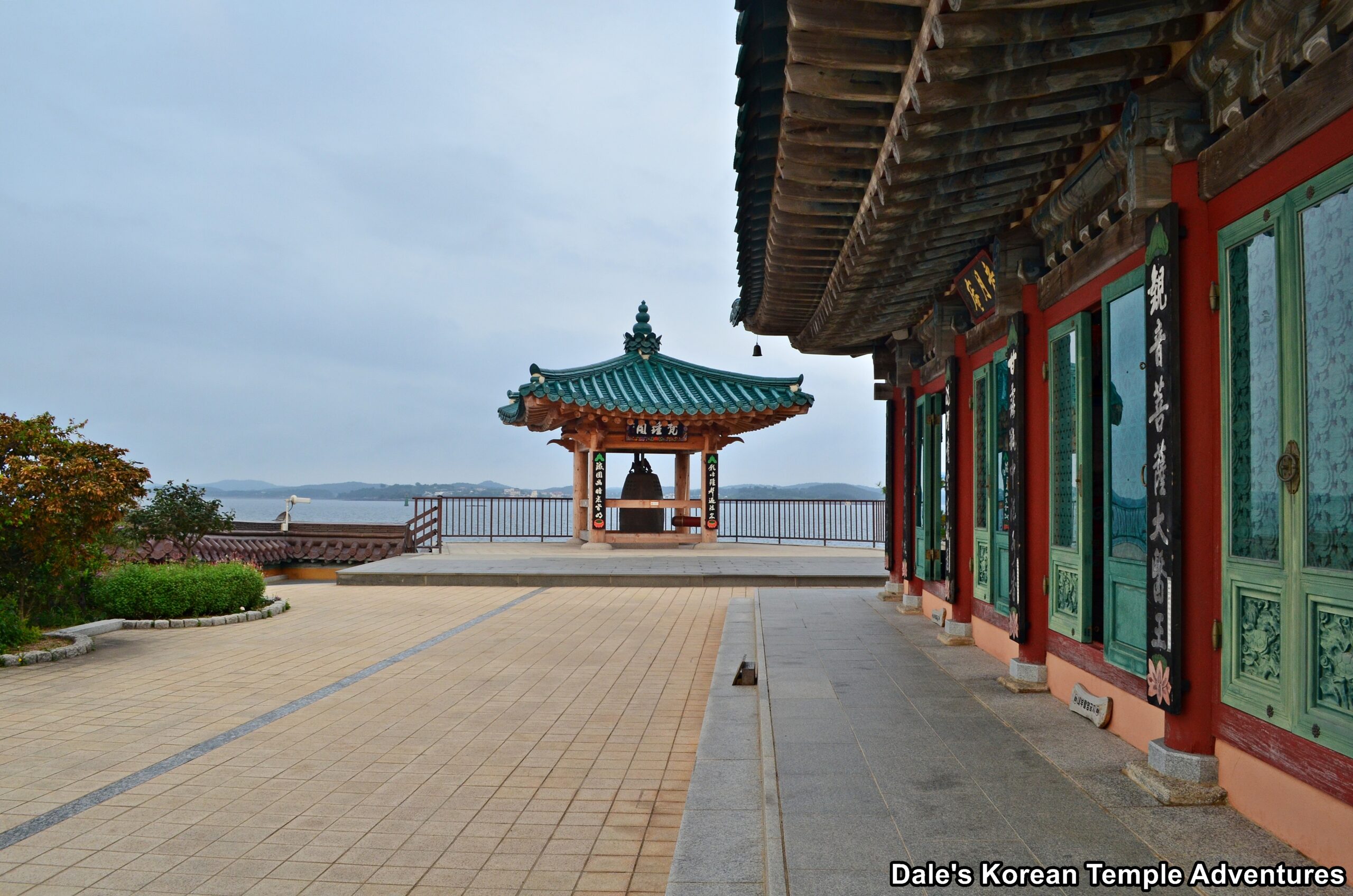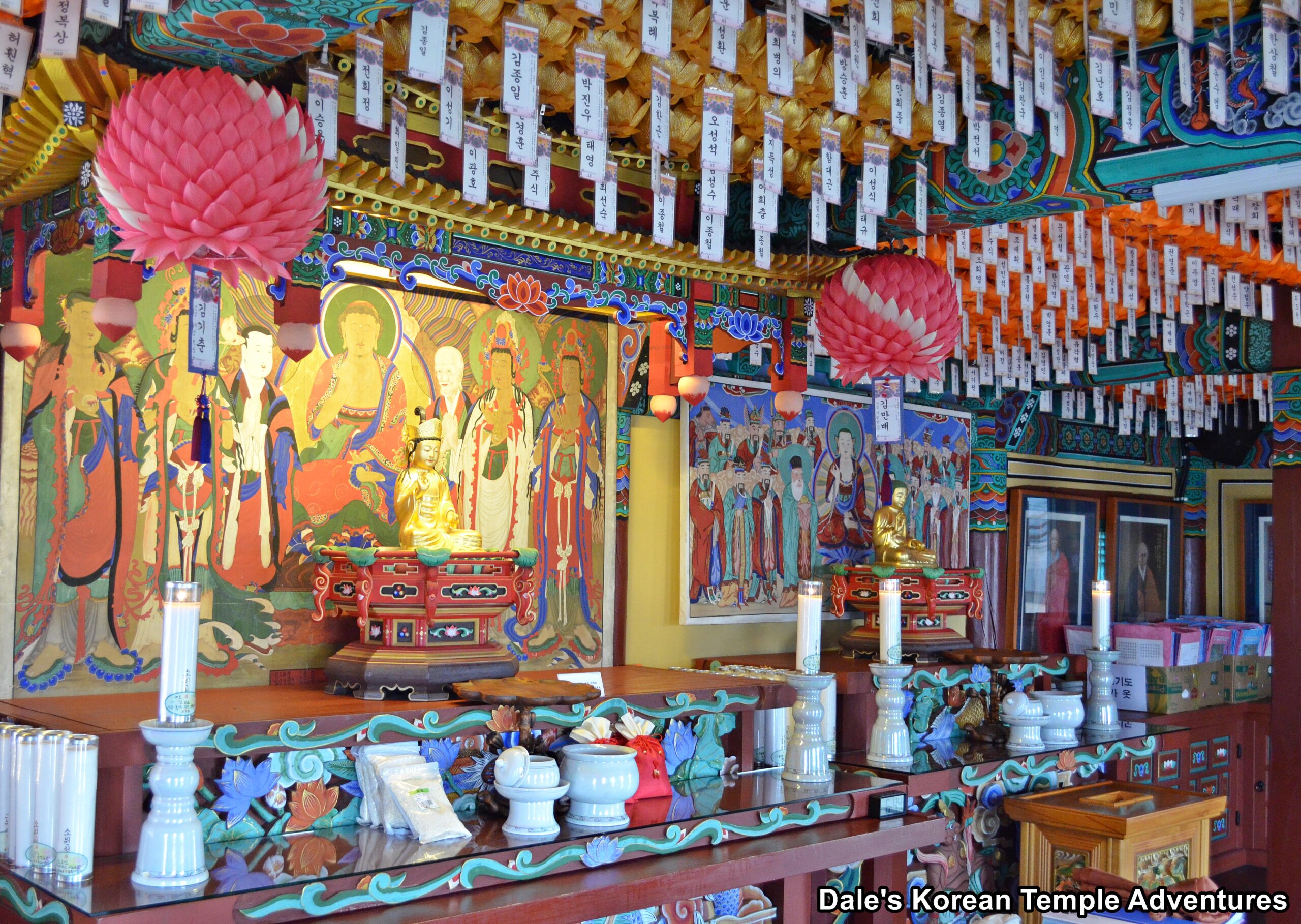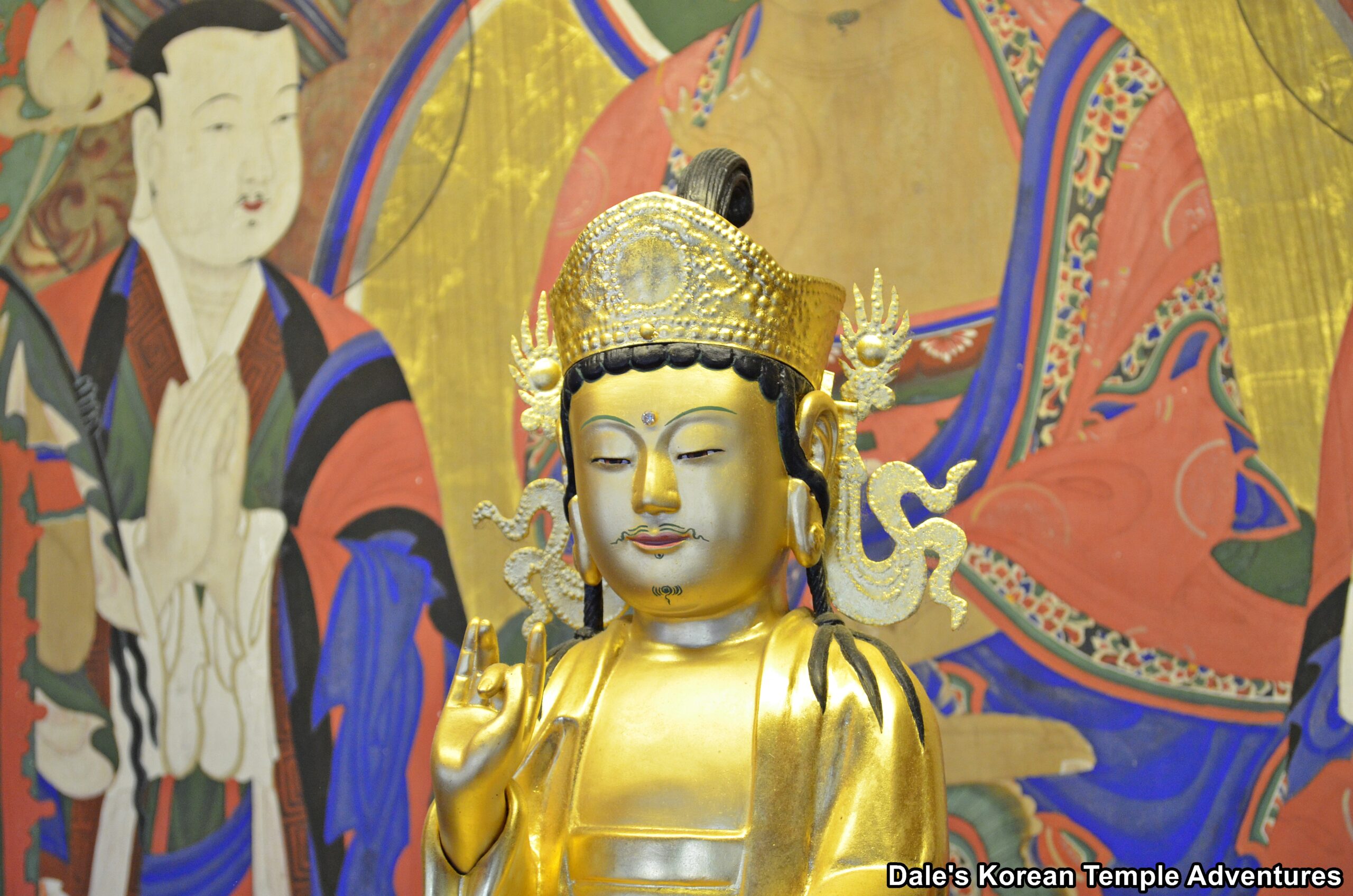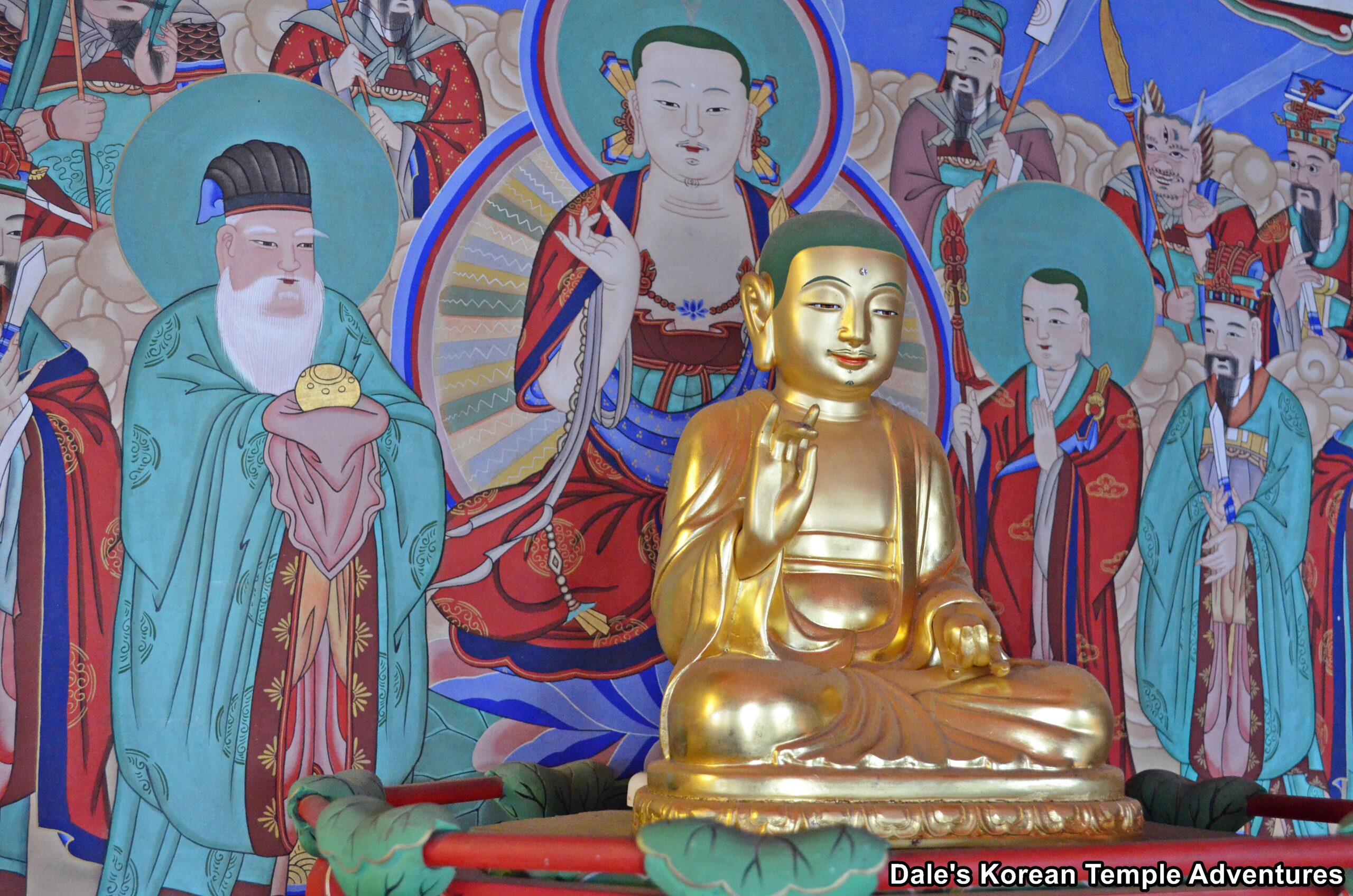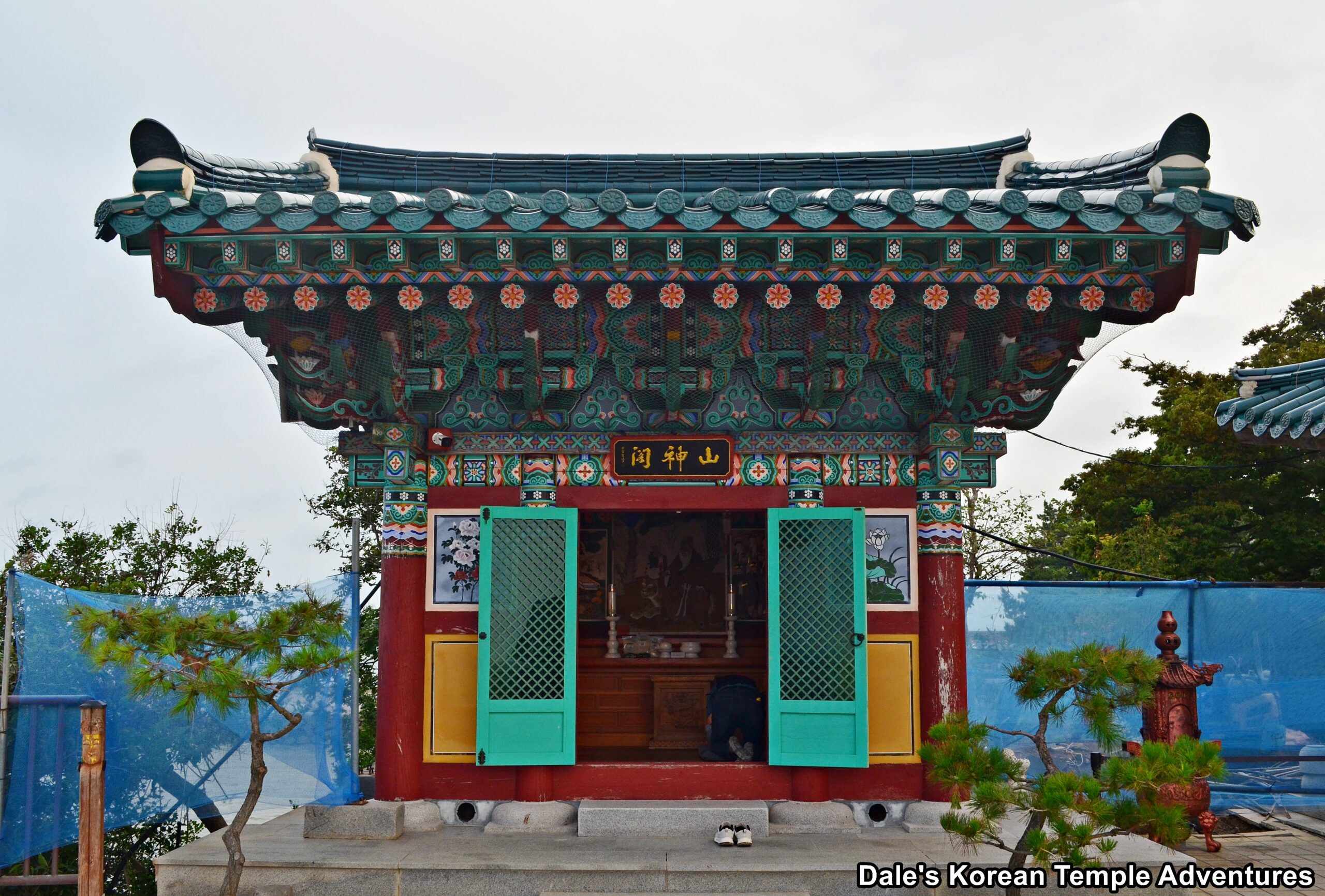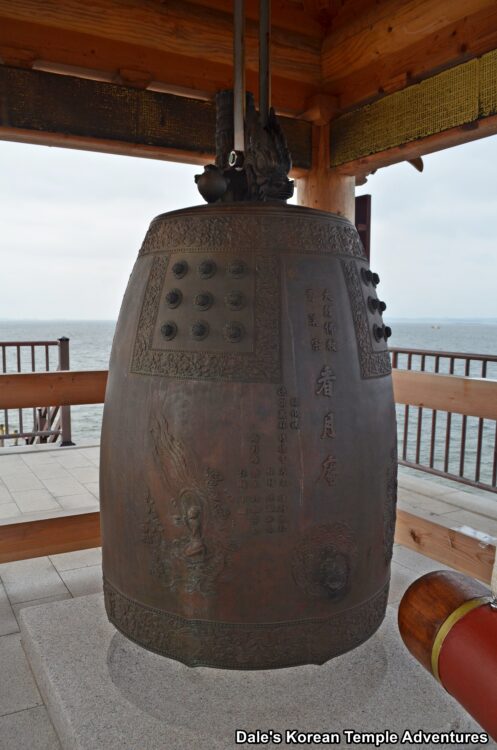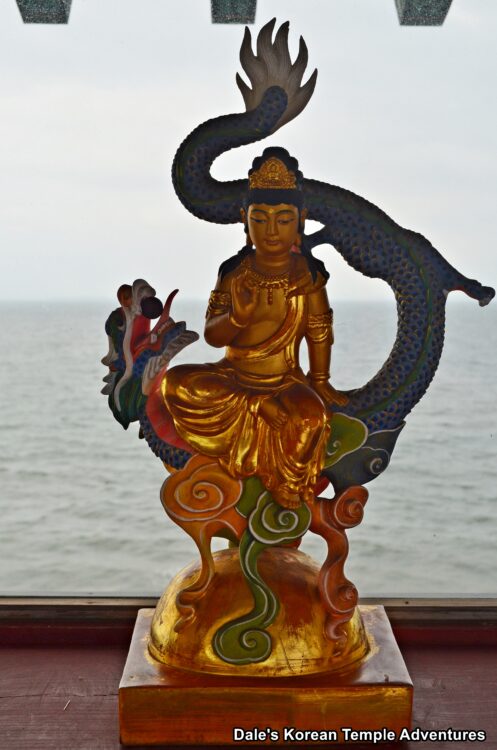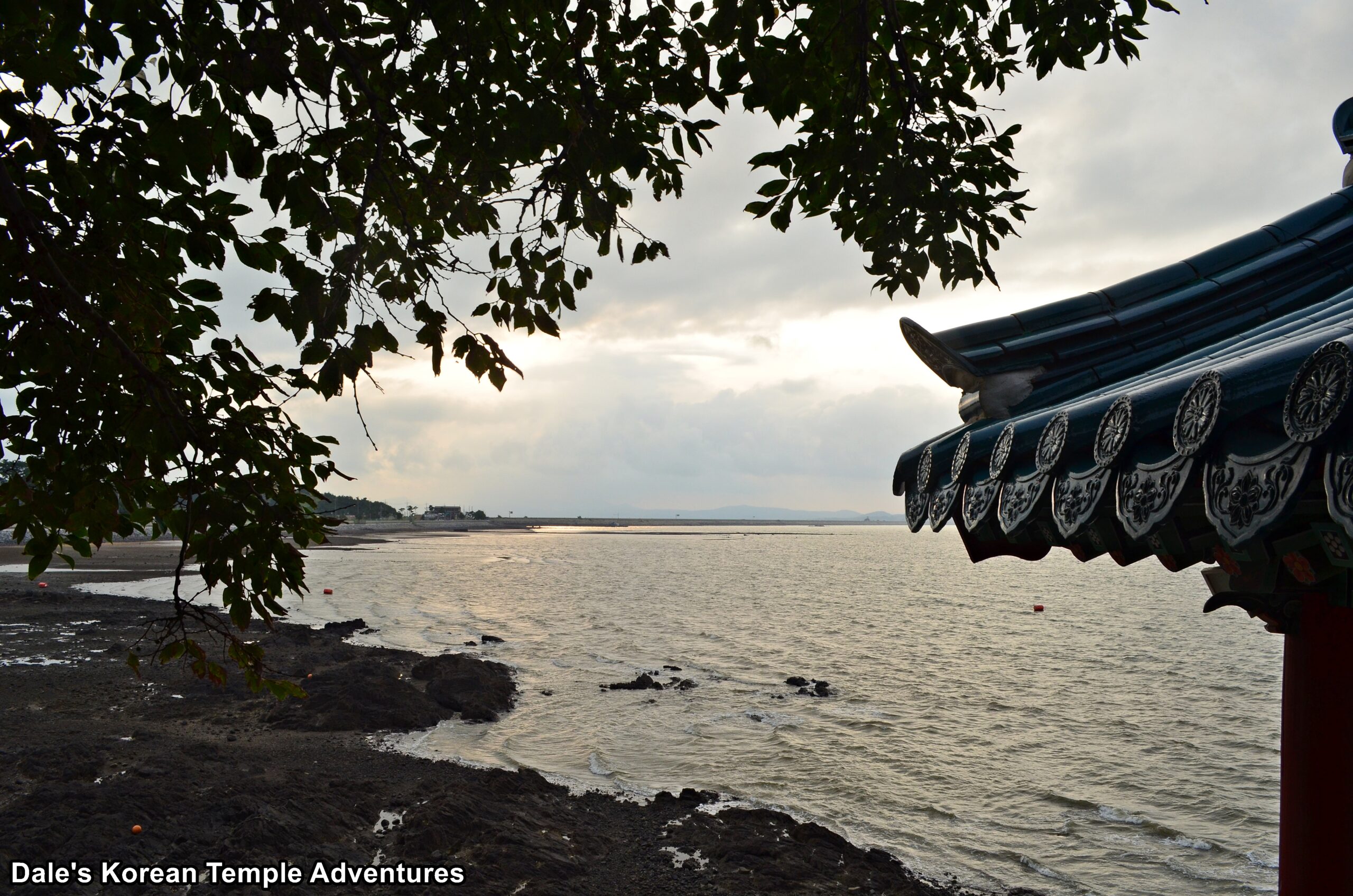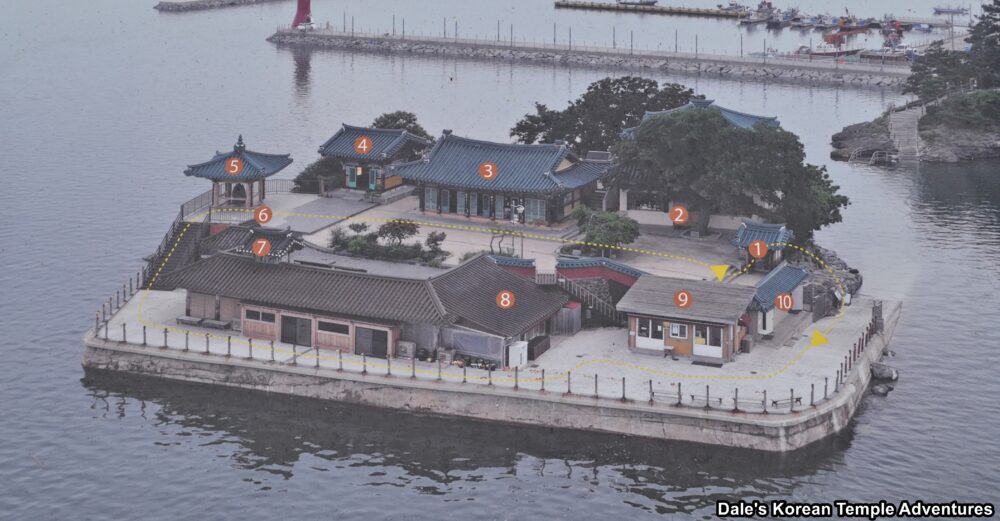Ganwolam Hermitage – 간월암 (Seosan, Chungcheongnam-do)

Hermitage History
Ganwolam Hermitage is a coastal hermitage located in southern Seosan, Chungcheongnam do on Ganwol-do Island. Previously, the island was known as Pian-do Island, and the hermitage was known as Piansa Temple. The hermitage is also known as Yeonhwa-dae and/or Nakgasan Wontong-dae. The reason for Yeonhwa-dae is because it’s believed that the island looks like a lotus flower floating on water. And the reason for Nakgasan Wontong-dae is because it’s believed to look like the mythical Mt. Potalaka, which is where Gwanseeum-bosal (The Bodhisattva of Compassion) is believed to reside.
As for the hermitage’s current name, Ganwolam Hermitage, it originated from the fact that Muhak-daesa (1327-1405) gained enlightenment while meditating on the island while looking up at the moon. It’s believed that the hermitage was first opened either at the end of the Goryeo Dynasty (918-1392) or the start of the Joseon Dynasty (1392-1910). The temple was eventually closed at the end of the Joseon Dynasty, but it was rebuilt by Mangong (1871-1946) in 1941. In fact, Mangong prayed for 1,000 days at Ganwolam Hermitage to end Japanese Colonization (1910-1945).
The wooden image of Gwanseeum-bosal (The Bodhisattva of Compassion) inside the Gwaneum-jeon Hall is designated Chungcheongnam-do Tangible Cultural Heritage #184. It was given this designation on September 20th, 2007. The statue is gold painted, and it’s frame consists of wood and paper. Stylistically, it’s believed to date back to around 1600.
Hermitage Layout
Perhaps the most interesting feature about Ganwolam Hermitage is that when it’s high-tide, the hermitage’s location becomes an island. However, when the tide is out, a land bridge is formed, and the hermitage can be accessed on foot. Making your way from the mainland, and if the tide is out, you’ll cross the earthen trail. Slightly elevated, and to your right, is the Iljumun Gate.
The first thing you’ll notice about the island hermitage is its compact size. In total, there are only two shrine halls, one shrine, a bell pavilion, and the nuns’ dorms. Immediately to your right, and the largest structure at Ganwolam Hermitage, is the Gwaneum-jeon Hall. The exterior walls to the Gwaneum-jeon Hall are adorned with simplistic dancheong colours. Stepping inside the Gwaneum-jeon Hall, you’ll find the solitary image of the aforementioned Gwanseeum-bosal on the main altar. The diminutive statue rests beneath a golden canopy. And to the right of the main altar is a shrine dedicated to Jijang-bosal (The Bodhisattva of the Afterlife). The simplistic green-haired statue of Jijang-bosal is joined by three pictures of prominent monks from Ganwolam Hermitage. These images include Muhak-daesa and Mangong. And rounding out the images and iconography inside the Gwaneum-jeon Hall is the Shinjung Taenghwa (Guardian Mural) resting on the far right wall.
To the left of the Gwaneum-jeon Hall is the temple’s Sanshin-gak Hall. However, the Sanshin-gak Hall actually functions as a Samseong-gak Hall with three images of the most popular shaman deities housed inside it. In the centre, rather oddly, hangs an image dedicated to Sanshin (The Mountain Spirit). To the right hangs a painting dedicated to Chilseong (The Seven Star), and to the left hangs an image dedicated to Dokseong (The Lonely Saint). The exterior walls to the Sanshin-gak Hall are adorned with floral murals and idyllic landscapes.
To the left of the Sanshin-gak Hall is a simplistic Jong-gak Pavilion. All that’s housed inside this understated bell pavilion is a slender Brahma Bell adorned with Bicheon (Flying Heavenly Deities) making offerings. And the bronze bell is beautifully crowned by an image of the dragon Poroe (The Dragon that Adorns the Top of the Temple Bell). Also, there’s a neighbouring shrine with a window that looks out onto the sea. This is reminiscent of the Yongwang-dang Hall at Haegwangsa Temple. However, instead of the central image being that of Yongwang (The Dragon King), the central image is that of Gwanseeum-bosal atop a swirling dragon. Also, there are wooden railings out this way with facial reliefs on each of the railings. These golden images are wearing a crown with a seated image of the Buddha on them. And fluttering in the breeze are a row of colourful lanterns.
But above all else at Ganwolam Hermitage, it’s the views of the neighbouring sea and bay that make the hermitage so special. And Ganwolam Hermitage is one of those places that you need to visit at least twice: once during low-tide and once during high-tide so that you can get the full experience and beauty found at this very special hermitage.
How To Get There
There are two buses that go directly to Ganwolam Hermitage from the Seosan Intercity Bus Terminal. They are Bus #610 and #611. In total, you’ll need to stay on either bus for 60 stops, which will take about one hour and thirty minutes. You can take Bus #610 or Bus #611 to the Ganwoldo-ri stop or the Ganwol-do stop. At either stop, you’ll then need to head west as you walk. The walk from where the bus drops you off is 5 to 7 minutes. Along the way, you’ll pass by the Emart 24. Keep heading west until you come to a parking lot. Keep heading west until you come to the end of the gravel parking lot. From here, you should finally be able to see Ganwolam Hermitage.
Overall Rating: 7/10
While the temple shrine halls are a little underwhelming, it’s more than made up for by Ganwolam Hermitage’s beautiful surroundings. It’s not everyday that you find a temple that becomes an island when the high-tide comes in. Besides its beautiful surroundings, and the views that are created by the seascape, there are a few artistic highlights on the hermitage grounds like the main altar statue of Gwanseeum-bosal inside the Gwaneum-jeon Hall and the shaman artwork inside the Sanshin-gak Hall.
